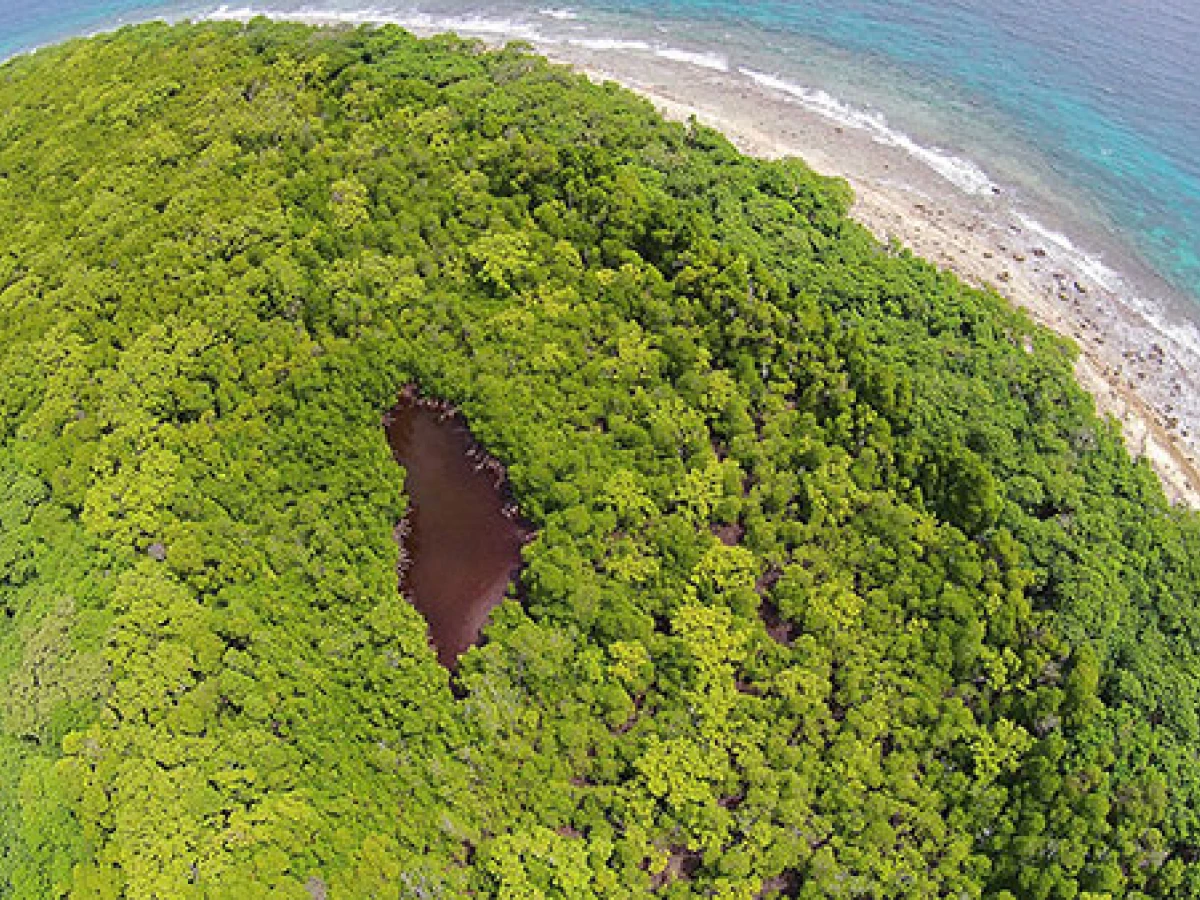
Research shows record sea levels led to unprecedented mangrove loss across inhabited and uninhabited islands in Maldives
Scientific study reveals how 2020's record sea levels, triggered by an extreme Indian Ocean weather pattern, killed basin mangroves across Maldivian islands
Summary
Research examined six islands with basin mangrove forests
Sea level rise outpaced mangrove growth by five times during 2017-2020
No storms or cyclones preceded the widespread mangrove deaths
A scientific study has revealed how record sea levels in 2020 led to widespread mangrove deaths across the Maldives, affecting about 25% of islands containing mangrove forests.
The research, published in Nature.com on Tuesday, focused on basin mangrove forests, examining both inhabited and uninhabited islands. These basin forests, situated parallel to the shoreline behind carbonate banks, experienced significant dieback with no preceding large storm events or tropical cyclones.
Between 2017 and 2020, these mangroves couldn't keep pace with rising seas. While mangrove sediments accumulated at 6.40 millimetres yearly (with a margin of error of 0.69mm), sea levels rose at 30.50 millimetres per year (with a margin of error of 23.30mm) - five times faster than the trees could adapt.
The research team studied six islands across the Maldives: Kelaa, Keylakunu, Neykurendhoo, Goidhoo and Feydhoo in the north, and Hoandedhdhoo in the south. Their findings showed severe damage in basin forests, with Hoandedhdhoo island losing 53.39% of its mangroves and Neykurendhoo island losing 27.38%. All study sites contained basin mangrove forests, with Keylakunu being the only uninhabited island among them.
The 2019-2020 Indian Ocean Dipole event, recorded as the second strongest in history, triggered these record-high sea levels. Scientific analysis of dead trees showed reduced stomatal conductance compared to living ones, indicating severe salt stress.
The mangrove species Bruguiera cylindrica, which has low salt tolerance and lacks salt glands, was particularly affected. The destruction pattern typically began in the centre of low-lying basins and spread outwards, according to the paper.
Earlier data shows that between 1999 and 2017, these mangroves had successfully adapted to gradual sea level changes. During this period, mangrove sediment built up at 5.39 millimetres per year (with a margin of error of 0.97mm), while sea levels rose at 3.09 millimetres annually (with a margin of error of 3.16mm).
The impact extended beyond the Maldives. During the same period, other Western Indian Ocean nations reported mangrove losses, with the Seychelles losing 0.10 hectares and Comoros losing 0.96 hectares.
As climate change continues and extreme events become more frequent, the study suggests similar mangrove diebacks could become more common, highlighting the need for adaptive conservation strategies.
Related
Related

Minister says limited capacity to monitor all dredgers

Thoriq says tree removal sometimes required for development

ERA probes complaints of illegal sand mining in Malé atoll lagoon

